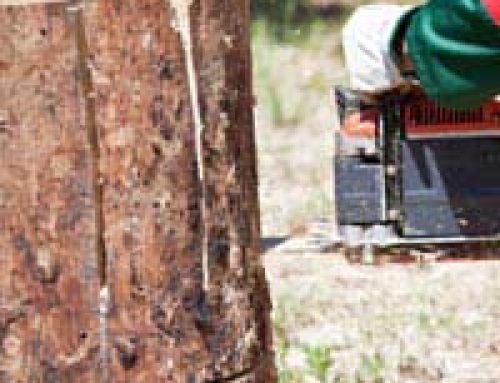
While the contrast between light and shade is an inevitable and attractive part of the landscape and can add a feeling of depth interest to any garden, too much shade can be a problem. Many plants simply won’t tolerate being left in the dark for the greater part of the day, while others will survive, but struggle.
However, although managing a shady garden can sometimes be difficult, it’s seldom impossible and selecting plants for shade certainly doesn’t mean that your planting choices have to be dull and uninteresting.
Plants For Shade
You’ll probably never see so many different shades of green as exhibited by some of the many kinds of plants that thrive in shade, ranging from almost blue to emeralds so deep it looks as if it’s been painted on rather than grown. Add to this the variety of leaf sizes, shapes and textures and shady landscape gardening can quickly become a showcase for all the artistic talent you never knew you had.
Imaginative planting schemes are the key to success – and that can include some stunning splashes of colour. Ferns come in an amazing array of sizes and leaf shapes and are great for establishing the basic backdrop for your landscape design, their subtle greens providing a perfect foil for the brighter, punchier colours of other elements in the planting. The different kinds of hosta offer an extraordinary range of colours, including various shades of turquoise and some that are almost metallic pea-green. They also produce a stunning flowering spike of delicate bells – but they are notoriously attractive to slugs and snails, so be prepared to protect them if you want them to do their best.
It’s not all about ferns and hostas, however. There’s a wide range of plants which fit well into the shady landscape ranging from shrubs such as Hawthorn (Crataegus) and the exotic-looking Mahonia to ground carpeting plants such as Anemone blanda or Vinca minor. Other good candidates to consider include the likes of Cotoneaster, Digitalis (Foxgloves), Euonymous, Euphorbia, Pieris and Cylamen.
North-Facing Walls
The amount of shade on the north-facing side of fences and walls can pose a particular problem, especially if they’re a bit unsightly and you’re trying to cover them up, as there aren’t many plants which will thrive under those sorts of conditions. As well as the lack of sunlight for most of the year, unless your winds usually come from a predominantly northerly direction, the ground beside the wall is often extremely dry as the rain tends to fall elsewhere in the garden. It’s important to plant any climber away from the base of the wall and keep a regular eye on how dry the soil becomes, watering as necessary.
Although the choice is undeniably small, there are a few plants which can do well, including:
- Akebia quinata – Chocolate vine
- Clematis montana – Himalayan clematis
- Hedera – Ivy (not variegated forms)
- Hydrangea petiolaris – Climbing hydrangea
- Lonicera japonica – Japanese honeysuckle
- Polygonum baldschuanicum (= Fallopia baldschuanica) – Russian or Mile-a-Minute vine
Whether it’s the dappled shade of trees or the harder-edged shadows of a neighbouring wall, the secret to dealing with the darker corners of the landscape is to come up with a garden design which fits in with the conditions. In the end, it all comes down to making the right choices and with the range of shade-tolerant plants – including a surprising number of climbers, shrubs and trees – gardening in the shade doesn’t have to be disappointing.




Leave A Comment